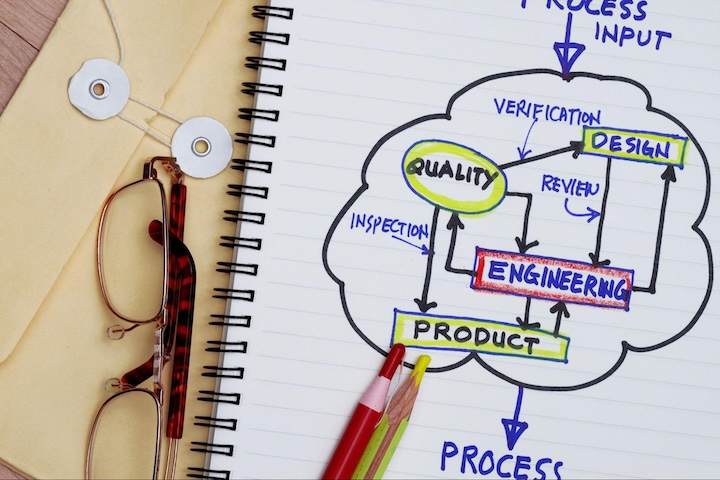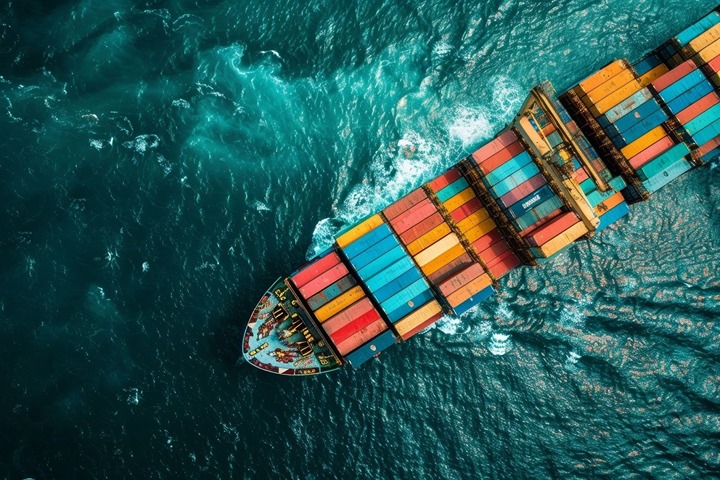Acrylonitrile Butadiene Styrene (ABS) is a commonly used thermoplastic material in 3D printing, particularly in Fused Deposition Modeling (FDM) and similar processes. ABS has a range of properties that make it suitable for various applications. Here are some common applications for ABS in 3D printing:
Functional Prototypes: ABS is often used to create functional prototypes of products and parts. Its strength and durability make it suitable for testing the form, fit, and function of a design.
End-Use Parts: ABS can be used to produce end-use parts for a variety of applications, especially those that require toughness and resistance to mechanical stress.
Automotive Components: ABS is used to create automotive parts such as interior trim, dashboard components, brackets, and exterior components like grilles and trim.
Consumer Electronics: ABS is used for the production of casings, enclosures, and housings for various consumer electronic devices like computer peripherals, game controllers, and home appliances.
Functional Tools and Fixtures: Manufacturers use ABS to produce custom tools, jigs, fixtures, and assembly aids used in production processes.
Educational Models: ABS is used for creating educational models that help students and professionals understand complex concepts in various fields, including engineering and biology.
Architectural Models: Architects and designers use ABS to create detailed architectural models and prototypes of building designs.
Custom Components: ABS is suitable for producing custom components for various applications, including healthcare devices, industrial equipment, and machinery.
Aerospace Prototyping: ABS is used to create prototypes and models of aerospace components and assemblies, where accuracy and strength are essential.
Display and Signage: ABS is commonly used to create displays, signage, and marketing materials due to its durability and ease of fabrication.
Toys and Games: ABS is used to produce a wide range of toys and games, including action figures, board game pieces, and puzzles.
Art and Sculptures: Artists and sculptors use ABS for creating intricate sculptures and art pieces with a wide range of colors and finishes.
Medical Prototyping: ABS can be used in medical prototyping for creating models of surgical instruments, patient-specific anatomical models, and medical device prototypes.
Appliance Components: ABS is used for producing components and parts in appliances like vacuum cleaners, kitchen appliances, and washing machines.
Consumer Goods: ABS is utilized for a variety of consumer goods, including gardening equipment, luggage components, and kitchenware.
Lighting Components: ABS is used in the production of lighting fixtures and components due to its ability to withstand heat and its electrical insulation properties.
It’s important to note that while ABS has many advantages, such as its strength and durability, it can also be sensitive to environmental factors like UV light and may require post-processing steps for improved surface finish. Proper ventilation is essential when 3D printing with ABS due to the release of potentially harmful fumes during the printing process.







